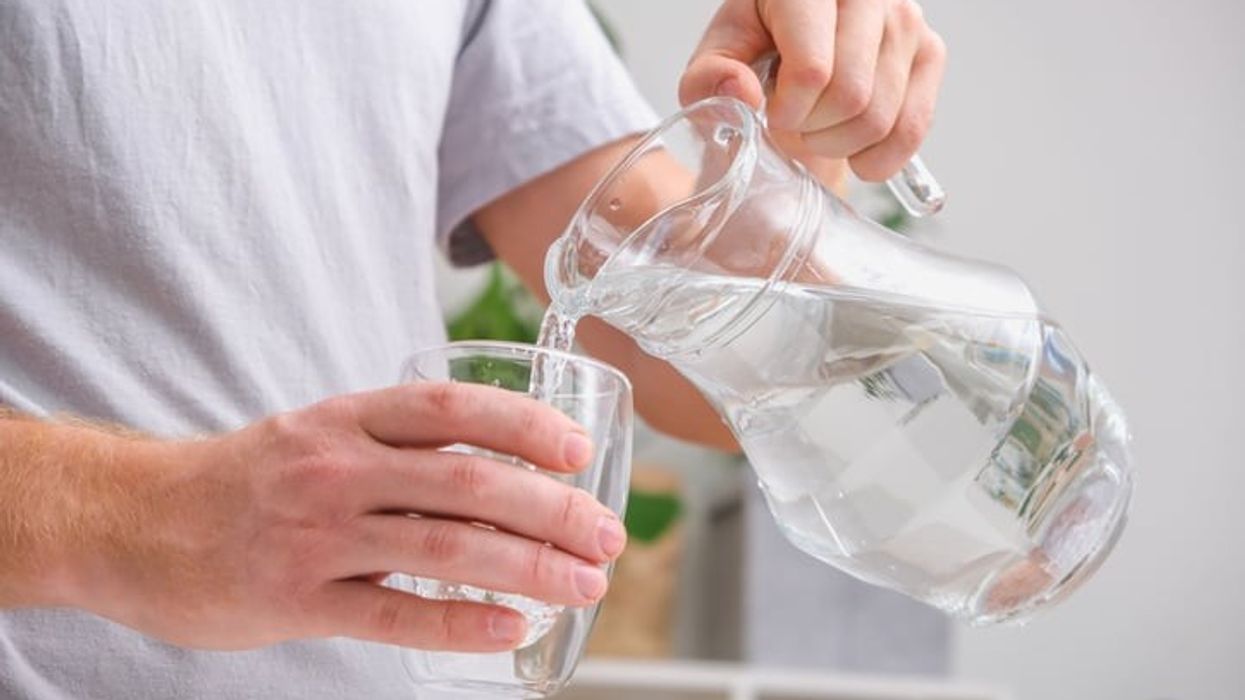A study has revealed a list of dangerous chemicals that have been found in surface and groundwater worldwide, according to a study released Tuesday that showed Australia, the United States, and Europe as hotspots for these chemicals.
A paper published in the journal Nature Geoscience analysed data from 45,000 water samples globally and found a "substantial fraction" had levels of PFAS—per- and polyfluoroalkyl substances—above recommended levels.
These chemicals are found in everyday products such as non-stick frying pans, food packaging, and waterproof clothing. The substances have been linked to serious health conditions, including cancer and birth defects.
PFAS (perfluoroalkyl and polyfluoroalkyl substances), used in consumer products since the 1950s, pose health risks, including cancer and hormone disruption. Despite their ban on some products, newer PFAS variants continue to be used. While drinking water contributes to exposure, food and other sources are significant.
They are also found in Antarctic snow and turtle eggs, but a recent study shows that they are found in drinking water used by humans for their daily consumption.
Manufacturers' phase-out commitments haven't eradicated PFAS exposure, and recent EPA advisories show their hazards.
"Many of our source waters are above PFAS regulatory limits," said Denis O'Carroll, one of the study's authors and a professor at the University of New South Wales in Australia.
O'Carroll said it was already known that the thousands of types of forever chemicals were "pervasive in the environment," but he expressed shock at how much higher the sampled levels were compared with recommended levels.
The research found that 69 per cent of groundwater samples from around the world surpassed Canada's minimum standards, and six per cent of samples surpassed the EU's standard.
"We're talking above five per cent, and it goes over 50 per cent in some cases."
The high concentrations of the chemicals were found in Australia, China, the US, and some parts of Europe. However, the study acknowledged that these locations were also areas with the highest level of testing, and with more research, comparable results could be found across the globe.
PFAS is considered to be spread across the globe, but the extent of contamination on the earth’s surface and in waterways and drinking supplies is not known.
Water treatment plants are upgrading filtration systems, but private well users may remain vulnerable.
Canada, the United States, the European Union, and Australia have begun restricting the use of PFAS amid health and environmental concerns.
(With inputs from AFP)






 Mareyah Bhatti , a sustainability strategist and passionate home cookMareyah Bhatti
Mareyah Bhatti , a sustainability strategist and passionate home cookMareyah Bhatti





